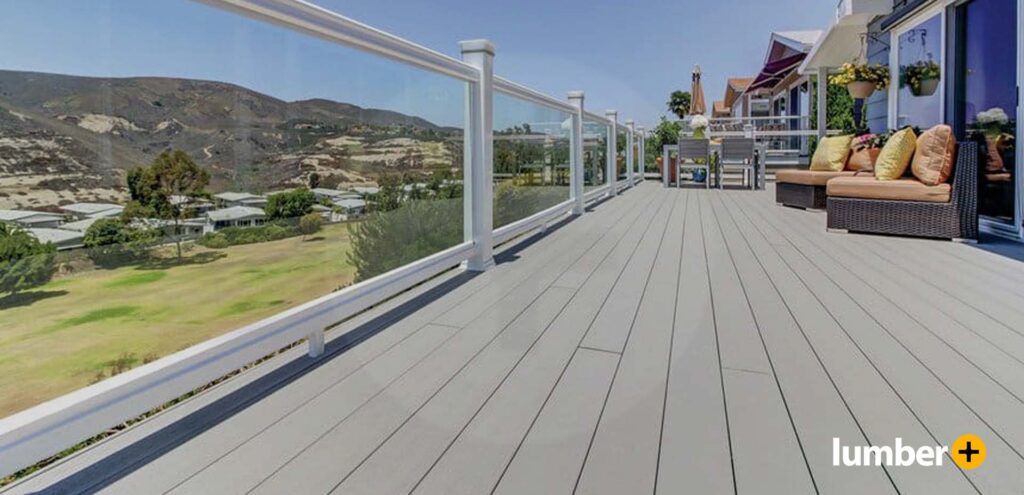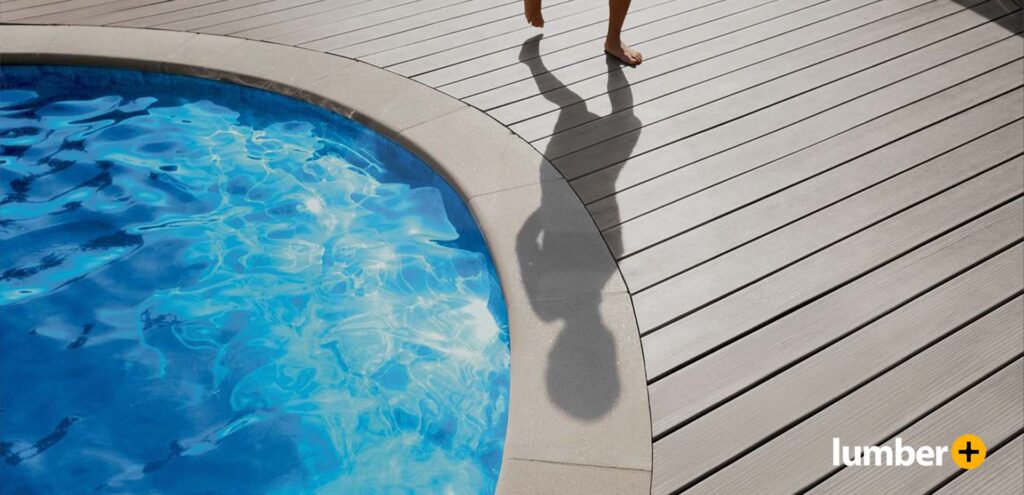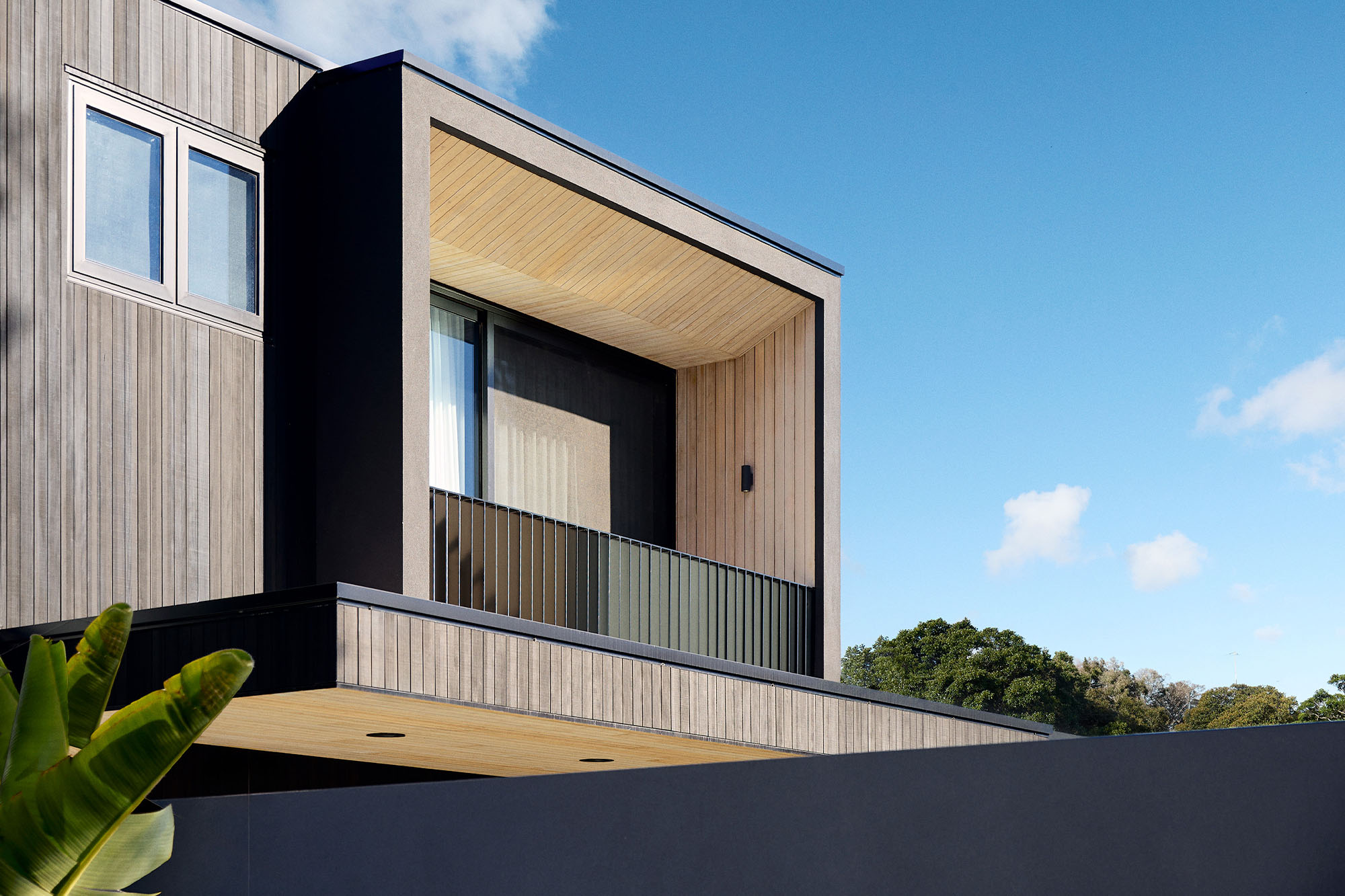For anybody who is looking to build a new deck, one of the first things to consider is the budget. While size and design matter, most people ultimately make decisions based on their budget. That does not mean you can’t build a great new deck using high-quality, affordable materials. In fact, the opposite is often true. There are many great materials that can be used to build a deck, even on a tight budget. Now, learn more about composite decking prices and building your deck with composite materials.
Composite deck boards have become more commonplace in recent years, for a couple of reasons. First, composite decking boards are much more advanced than they were even a few years ago. This often means better durability, better quality, and better appearance. Second, many composite deck boards are also highly affordable.
Want to learn more about composite decking prices and building your deck with composite materials? This helpful guide can answer all of your questions.
Different Types of Composite Decking Boards
There are five profiles of composite deck boards to choose from, each with its own unique benefits.

Solid deck boards are heavy, single-piece deck boards that are commonly used for flooring and decking. These boards are heavier and more durable than other composite materials. While this makes them great for decking, their weight also makes them more difficult to work with than other composite boards.
Scalloped boards are similar to solid boards, but the underside is grooved. This means only one side of the board is usable for surfaces. Scalloped boards are more affordable and lightweight than solid boards.
Grooved deck boards have grooves along the sides that allow for a more visually clean look upon installation. Grooved boards can be assembled without the use of nails or screws, which many homeowners prefer for the decks.
Hollow boards are lightweight with holes in the center. These materials are very easy to work with, but are also less resistant to physical damage. Hollow boards are more commonly used for siding and cladding than for decking and flooring.
Open Flange deck boards are similar to hollow boards, but require a hidden fastener system for installation.
Advantages of Composite Decking Boards

First, you may be wondering what exactly composite decking boards are, and what advantages they offer. Most composite deck boards are made from a mixture of wood and polymer, with a polyurethane sleeve to protect them from damage.
There are a few key differences between composite decking boards and wood decking. First, many composite deck boards are more lightweight than most softwoods. This can make them easier to work with, although weights do vary depending on the exact materials. There is also a trade-off when it comes to the weight of your composite deck boards. Hollow deck boards are the lightest material on the market, but are also less durable than solid boards and some hardwoods. Solid boards are stronger and offer greater variety, but are heavier and more expensive.
Another difference between composite decking and softwood is that composite deck boards are not as easily warped. Low quality lumber can deteriorate in harsh conditions, and its size can fluctuate based on temperature if not properly treated. Many composite materials are more resistant to moisture and other natural elements. This often means composite deck boards require less maintenance and stay in good shape for several years.
Your choice of board profile can also be an advantage when it comes to installation. Some boards, like grooved and open flange boards, are easier to assemble. Profiles like hollow and scalloped boards cost less than others, which is a great way to keep the total price down.
Ultimately, the choice of materials, and whether to use composite decking or lumber, comes down to personal preference. Some people prefer the natural look and feel of a wood deck. Others enjoy the convenience and dependability of composite materials.
Estimating the Price of Composite Decking Board Installation
Estimating composite decking prices requires multiple different considerations. First, and most importantly, is the cost of the materials themselves. The exact price of composite decking boards will vary depending on the specific material used. A safe range estimate is between $15-$30 per square foot of composite deck boards without installation. Heavier or higher-quality materials will tend to be on the higher end of that spectrum.

However, your budget estimate does not end there. Next, you will also need to calculate the total cost based on the size of your deck. This is fairly straightforward. The larger your deck, the greater the cost. A 300-square-foot deck, using composite deck boards at $15 per square foot, will cost $4500 for materials alone. This is a rough estimate for an average-sized deck using materials on the lower end of the price range for composite decking. However, there are still more factors to consider when calculating composite decking prices. If you are doing the work yourself, you might need to spend some extra money on tools and other equipment to get the job done.
Cost of labor
If you are not building your deck yourself, then you will need to also factor in the cost of labor. Hiring a contractor often ensures that the finished product will be of the highest quality. But, of course, the trade-off is a higher bill than if you were to do the work yourself. Estimating the cost of labor will vary greatly depending on where and when the work is done. The cost of labor also depends on the individual contractor you hire.
Finding a reliable contractor with affordable rates can often be one of the most important steps in any project. Lumber Plus has an expansive network of contractors, and can help connect homeowners with contractors in their area. If you are looking for a reference for a contractor, Lumber Plus can help.
Composite Decking Boards Installation
Whether you choose to hire a builder or elect to build your deck yourself, here are some composite deck board installation tips.
One important thing to consider is the size and shape of your deck. Larger or more elaborate decks may take more time and money to complete. A deck with a unique shape or rounded corners, for example, is more complicated than a simple rectangular deck. This is not a problem for some homeowners. But if you want to keep your deck under budget, keeping it simple will be better for you. Not only that, but a simple deck is easier to assemble and will be completed more quickly.
As mentioned above, the same applies to the size of your deck. A smaller deck will require fewer materials, and also take less time to build.
Another way to save money is to hire a contractor during the off-season. Most contractors do the bulk of their work during the late spring and summer months. As a result, their rates tend to be higher during these months. If you can hire a builder to get work done in the off-season, you might be able to save significantly. Of course, there are potential obstacles to this. If you live in a cold climate, building a deck during the winter might not be possible. But early spring and late fall can present great opportunities to have a new deck installed at a fraction of the price.
Purchase Great, Affordable Composite Deck Boards

If you’re looking for the best composite deck boards at great prices, look no further than Lumber Plus. Lumber Plus offers a wide selection of composite decking board materials, from Norx, Trex, TimberTech, Fiberon, and more. Browse our inventory and do a composite decking price comparison to find the best composite deck materials for your needs.






